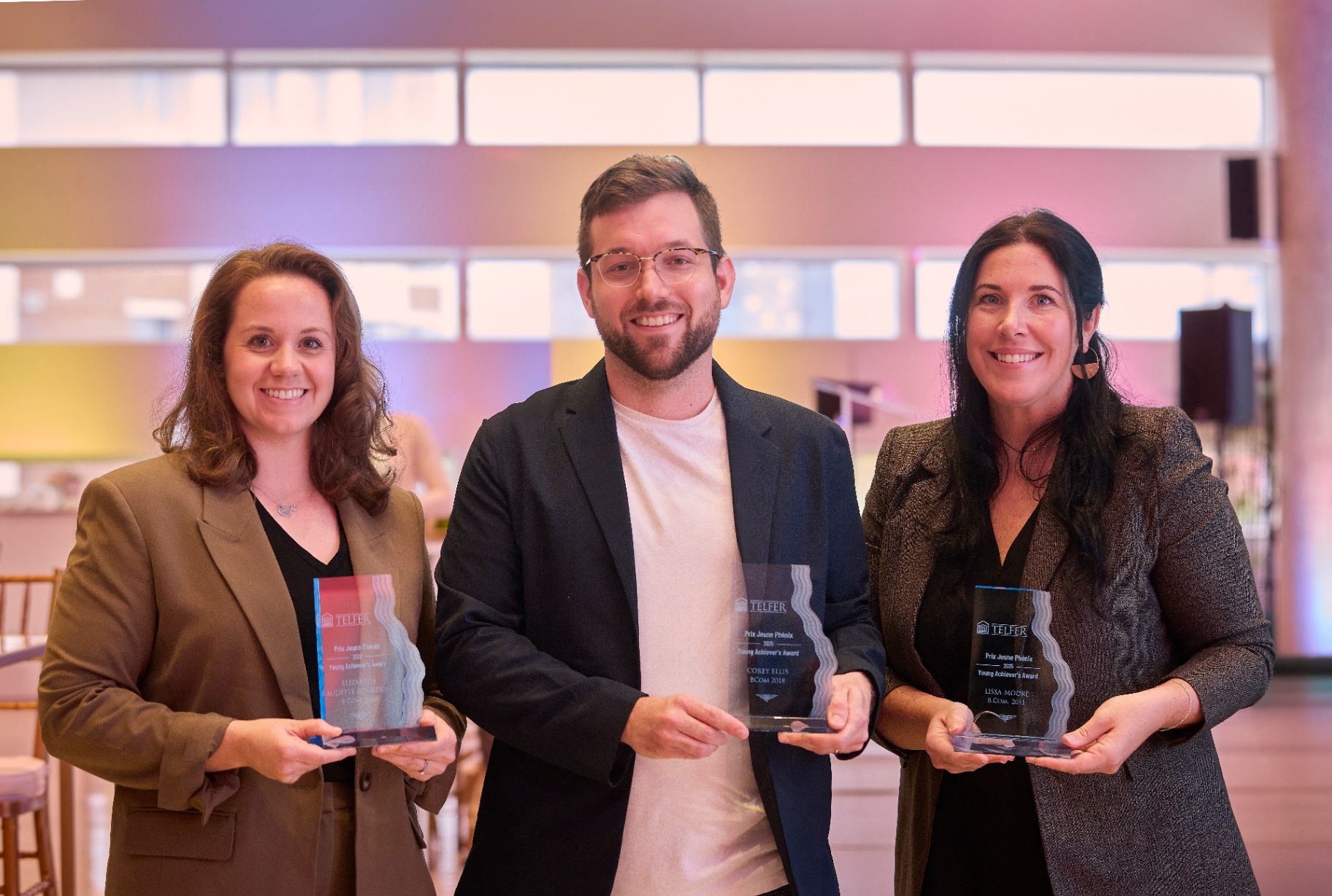The capacity to innovate has positive outcomes for most industries, with marked contributions to economic growth. However, innovation is not without risk for a firm: it can involve unforeseeable processes and outcomes that can lead to the firm’s failure. Many factors can influence the innovation potential of a firm, and much work is needed to fully understand the dynamics of a firm’s innovation process and why some firms are more successful than others.
Two important yet understudied contributors that may greatly influence the innovation practices of firms are 1) the gender diversity of corporate boards, and 2) the ownership structure, that is the firm’s connections to the state or government influence on corporate decisions. It is also unclear how innovation practices differ from one country to the next, and what international settings promote innovation success. Many variables need consideration, including: the types of institutions and the legal regime of the country; shareholder protection strength across nations; gender parity, including masculinity of cultures; and attitudes and policies towards gender diversity on corporate boards. A better understanding of these factors can help firms better develop their innovation strategies to ensure a firm’s growth and survival.
What is this research about?
Professors Imed Chkir, Walid Ben Amar, and Samir Saadi received a Social Sciences and Humanities Research Council Insight grant to examine the determinants and outcomes of innovation. Their approach focusses on whether board gender diversity and political connections promote innovation. It also considers various international settings that may drive innovation.
Project title: The effect of formal and informal institutions on corporate innovation: The case of gender diversity, state ownership and political connection
Who will benefit from this research?
This work will expand knowledge on the importance of innovation for economic growth, clarifying the contribution of board gender diversity and government involvement to the innovative process. The work should also shed light on the international settings that favour innovation and firm survival. The insights gained from this work can help
investors understand the role of innovation in a firm’s growth,
managers recognize the contribution of ownership structure on innovation efforts, and
policymakers better regulate information disclosures and corporate governance to reduce the risk of failure.
Learn more about the Social Sciences and Humanities Research Council Insight Grants.











